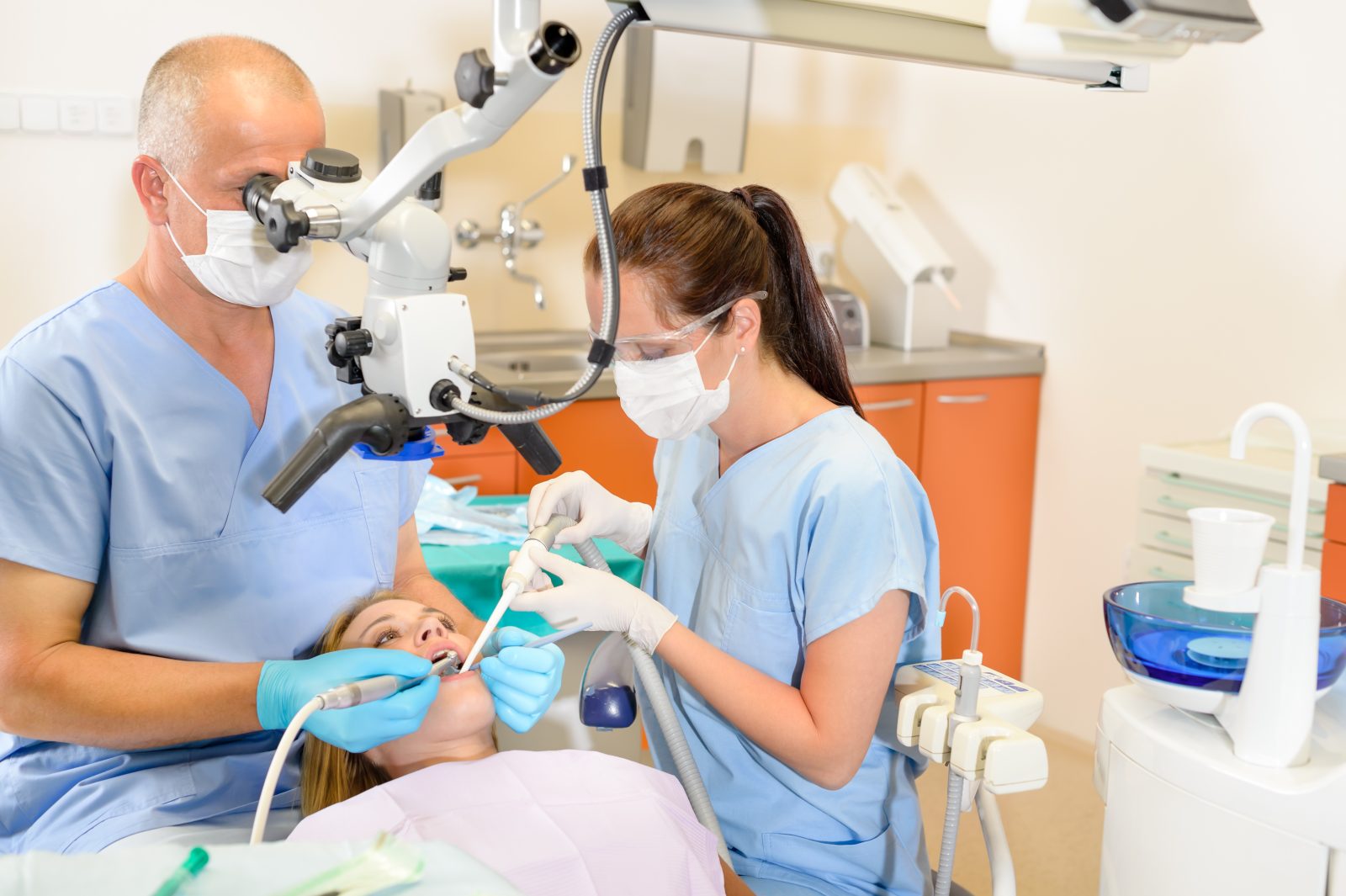The following OSHA Bloodborne Pathogens Standard for California Dental Healthcare Providers Training is designed to educate dental healthcare providers on the purpose of OSHA’s Bloodborne Pathogens Standard. Having an understanding of how to protect your staff and patients from incidents in the workplace is important in your dental practice.
What you will learn:
- Key bloodborne pathogens of concern in dental healthcare settings
- Modes of transmission of bloodborne pathogens
- The principles of Standard Precautions
- The importance of infection control practices in preventing the spread of bloodborne pathogens
- Safe work practices
- The types of personal protective equipment (PPE) required
- Hepatitis B vaccination
- The importance of post-exposure evaluation
- Specific requirements for California dental healthcare providers
- Potential workplace hazards
- The importance of maintaining accurate records relating to bloodborne pathogen exposures
- Responding to emergency situations involving bloodborne pathogens
Details
Course length: 1 hour. Dental CEU: 1 CEU.
Languages: American English
Key features: Audio narration, learning activity, and post-assessment.
Get Certified
American Medical Compliance (AMC) is a leader in the industry for compliance, Billing, and HR solutions. To become certified, please visit us at: American Medical Compliance (AMC).
Reach out for other courses by visiting the AMC Course Library.



